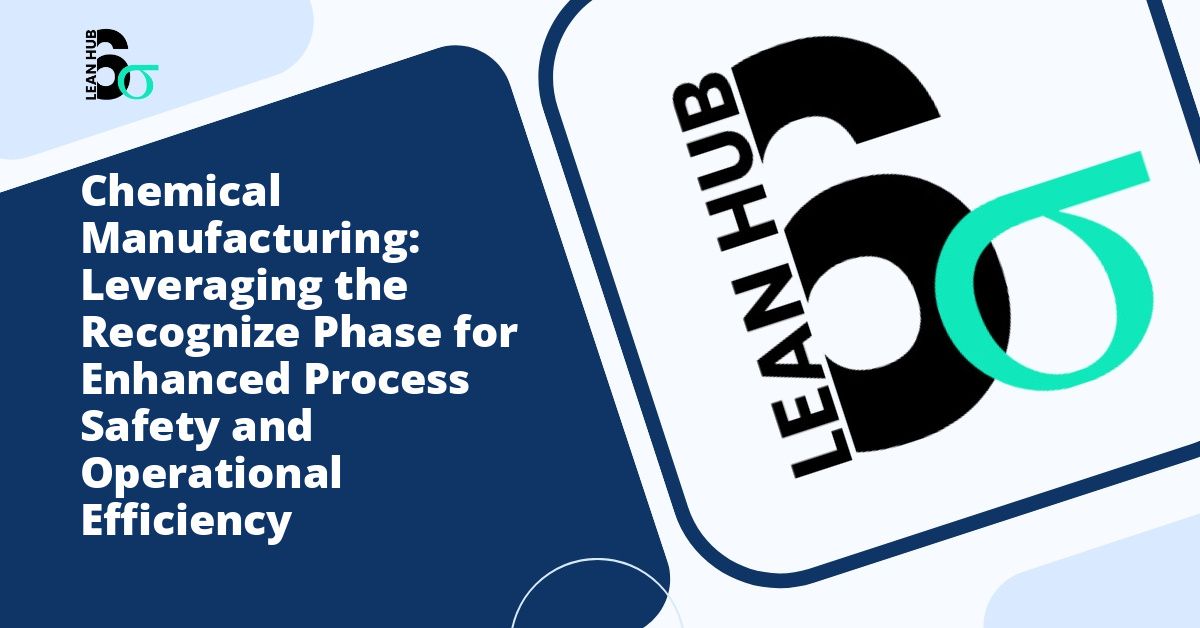In today’s rapidly evolving business landscape, organizations that thrive are those that can identify and solve problems before they escalate into crises. Creating a problem recognition culture is not merely about acknowledging issues when they arise; it is about fostering an environment where every team member actively seeks out inefficiencies, challenges assumptions, and contributes to continuous improvement. This cultural shift represents a fundamental change in how organizations operate and compete in their respective markets.
Understanding the Importance of Problem Recognition
A problem recognition culture transforms the way employees perceive and interact with challenges in their daily work. Rather than viewing problems as failures or sources of blame, team members see them as opportunities for growth and innovation. This mindset shift is essential for organizations seeking sustainable competitive advantages in increasingly complex markets. You might also enjoy reading about Recognize Phase in Healthcare: Identifying Patient Care Improvement Opportunities Through Lean Six Sigma.
When employees at all levels feel empowered to identify and voice concerns about processes, products, or services, organizations gain invaluable insights that might otherwise remain hidden. These insights often come from frontline workers who interact directly with customers or handle operational tasks daily. Their perspective is crucial for understanding real-world challenges that management might not immediately recognize. You might also enjoy reading about Risk Assessment in the Recognize Phase: What Could Go Wrong in Your Lean Six Sigma Project?.
The Role of Lean Six Sigma in Problem Recognition
The lean six sigma methodology provides an excellent framework for building a robust problem recognition culture. This approach combines lean manufacturing principles with Six Sigma quality management techniques to create a comprehensive system for identifying and eliminating waste while reducing variation in processes. You might also enjoy reading about Agile and Six Sigma: Mastering Problem Recognition in Hybrid Methodologies.
Within the lean six sigma framework, the recognize phase serves as the critical starting point for any improvement initiative. During this phase, organizations systematically identify problems, assess their impact, and prioritize which issues require immediate attention. This structured approach ensures that problem recognition does not become an overwhelming exercise in fault-finding but rather a strategic process that drives meaningful change.
Key Elements of the Recognize Phase
The recognize phase in problem-solving methodologies encompasses several important activities that help organizations identify opportunities for improvement:
- Data collection and analysis to establish baseline performance metrics
- Process mapping to visualize current workflows and identify bottlenecks
- Stakeholder interviews to gather diverse perspectives on existing challenges
- Customer feedback analysis to understand external perceptions and pain points
- Competitive benchmarking to identify performance gaps
Building Blocks of a Problem Recognition Culture
Leadership Commitment and Modeling
Creating a problem recognition culture begins at the top. Leaders must demonstrate their commitment to this approach by actively seeking out problems themselves and responding constructively when others bring issues to their attention. When executives and managers model the behavior of acknowledging problems without assigning blame, they set the tone for the entire organization.
Leadership should also allocate resources to support problem recognition efforts, including time for analysis, training for employees, and tools that facilitate identification and documentation of issues. This tangible investment signals that problem recognition is a strategic priority rather than merely a buzzword.
Psychological Safety and Trust
Employees will only actively recognize and report problems if they feel safe doing so. Psychological safety is the belief that one can speak up, ask questions, admit mistakes, or identify problems without fear of negative consequences. Organizations must consciously work to eliminate fear-based cultures where messengers are punished for delivering bad news.
Building trust requires consistent actions over time. When employees raise concerns, leadership must respond with appreciation and action rather than defensiveness or dismissal. Even when immediate solutions are not available, acknowledging the problem and explaining next steps helps maintain trust and encourages continued engagement.
Structured Communication Channels
While an open-door policy sounds appealing, organizations need more structured approaches to ensure problems are recognized systematically. This might include regular problem-solving meetings, digital platforms for submitting improvement ideas, cross-functional review sessions, or designated times when teams specifically focus on identifying challenges.
These channels should be accessible, easy to use, and integrated into regular workflows rather than requiring extra effort that employees might skip during busy periods. The goal is to make problem recognition a natural part of daily operations rather than an additional burden.
Implementing Practical Strategies for Problem Recognition
Training and Education Programs
Employees need skills and frameworks to effectively recognize problems. Training programs should teach team members how to distinguish between symptoms and root causes, use data to validate concerns, and present problems constructively. Education in lean six sigma principles, even at a basic level, can provide employees with valuable tools for systematic problem identification.
These programs should be ongoing rather than one-time events. Regular refresher training, case study discussions, and skill-building workshops help maintain focus on problem recognition and introduce new techniques as the organization evolves.
Recognition and Reward Systems
What gets rewarded gets repeated. Organizations should establish recognition systems that celebrate employees who identify important problems, even if those problems reflect poorly on current operations. This might include formal awards, public acknowledgment in company communications, or incorporating problem recognition into performance evaluations.
The reward structure should emphasize the value of identifying problems early rather than waiting until they become crises. Small problems caught early often prevent much larger issues down the line, and this proactive approach deserves recognition.
Data-Driven Decision Making
A mature problem recognition culture relies on data rather than opinions or assumptions. Organizations should invest in systems that capture relevant performance metrics, customer feedback, quality indicators, and operational data. When these information sources are readily available, employees can identify problems based on objective evidence rather than subjective feelings.
During the recognize phase of any improvement project, teams should establish clear metrics that define the problem and measure its impact. This data-driven approach prevents the organization from chasing phantom problems while ensuring real issues receive appropriate attention.
Overcoming Common Obstacles
Creating a problem recognition culture faces several predictable challenges. Resistance often comes from middle management who may fear that highlighting problems reflects poorly on their leadership. Addressing this requires reframing problem recognition as a sign of strength and engagement rather than failure.
Another obstacle is problem fatigue, where employees feel overwhelmed by the number of issues identified without seeing progress on solutions. Organizations must balance problem recognition with problem-solving capacity, ensuring that identified issues receive appropriate follow-through.
Time constraints represent a third challenge, as employees focused on immediate operational demands may struggle to invest effort in problem recognition. Integrating these activities into regular workflows and providing dedicated time for improvement activities helps address this concern.
Measuring Success and Maintaining Momentum
Organizations should track metrics that indicate the health of their problem recognition culture. These might include the number of problems identified at various organizational levels, the time between problem occurrence and recognition, employee engagement scores related to improvement activities, and the percentage of identified problems that receive timely resolution.
Regularly reviewing these metrics helps leadership understand whether the culture is taking root and where additional support might be needed. Sharing these results transparently with the organization reinforces the importance of problem recognition and demonstrates leadership commitment.
Conclusion
Creating a problem recognition culture represents a transformative journey that requires sustained commitment, strategic planning, and consistent action. By embracing principles from methodologies like lean six sigma and emphasizing the critical importance of the recognize phase, organizations position themselves to identify and address challenges before they impact performance, quality, or customer satisfaction.
This cultural shift does not happen overnight. It requires patient leadership, ongoing education, supportive systems, and a genuine commitment to viewing problems as opportunities rather than threats. Organizations that successfully build this culture gain a significant competitive advantage through their ability to adapt, improve, and innovate continuously. The investment in creating a problem recognition culture pays dividends through improved operational efficiency, higher quality outputs, increased employee engagement, and ultimately, better outcomes for customers and stakeholders alike.








